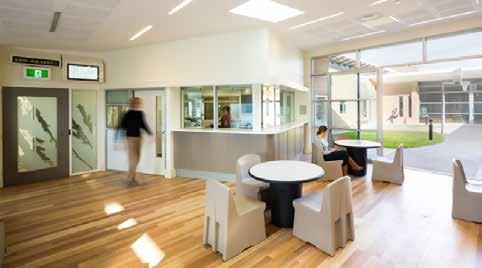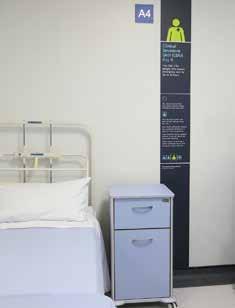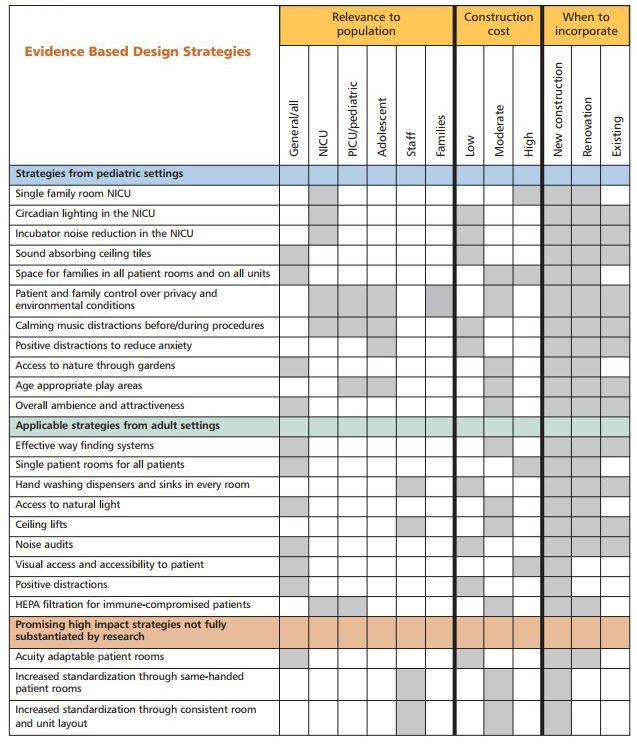CASE STUDY 03: BEHAVIOURAL HEALTH People can experience a mental health crises at any time of the day or night, therefore specialists and urgent care services need to be available around the clock. In the UK, a national report identified gaps in mental health care that resulted in many patients coming into contact with 3 to 10 services during a crisis event (CQC, 2015). CQC identified a need for better integration between services such as telephone helplines, GPs, mental health professionals, home and community services, acute inpatient services as well as EDs. A shortage of acute mental health inpatient beds in Australia has been identified since the beginning of the shift towards deinstitutionalisation and the move to integrate patients into community facilities where possible. A need for both inpatient and community care settings has been highlighted by the National Association of Practising Psychiatrists (2016) and the National Mental Health Commission Report has recommended a shift of $1billion to expand sub-acute beds. Accurate mental health triage is necessary to ensure the safe and effective delivery of mental health care in ED. This triage should determine urgency, identify initial risks and levels of observation required. The NSW Health (2015(1), p6-7) reference guide for mental health in EDs identifies de-escalation and distraction is the preferred approach to managing safety risks. However, adequate clinical training and resources are required to
14
ENVISION WELLNESS Acute Health Design
ensure that staff can manage a diverse range of behavioural health issues and maintain safety and security for all.
provide expertise in dealing with mental health assessment (NSW Health, 2012(1)).
In the U.S., designated care coordinators for behavioural health are becoming increasingly common in primary care environments to support integrated care across physical and mental health in 1 setting (Sanders, 2017). This extends to the emergency care environment, where undifferentiated patients may present with a combination of health issues that have to be quickly and accurately assessed and treated. The design of EDs must also support the mental health of patients and provide a safe and calming environment.
Where there is no PECC located close to ED, Safe Assessment Rooms (SAR) are recommended to support mental health presentations at emergency (Garling, 2008, p27). SARs are multi-purpose rooms designed to provide privacy for patients and relatives, and to undertake high level observation and assessment. They are not intended as seclusion rooms and therefore patients should not be held alone in a room which they believe they cannot exit (NSW Health, 2015(1), p15). The approach to safety should be focused around providing comfortable environments with minimal barriers that minimise opportunities for self-harm, but which are residential in character. Small group rooms with direct visual monitoring by staff can support reductions in attempted suicide (Stroupe, 2014).
Psychiatric Emergency Care Centres (PECC) are specialist services introduced in NSW to enhance emergency mental health services. PECCs are intended for patients with low to medium acuity mental health problems who need short term mental health treatment, care and observation that cannot be provided in a community setting. They operate as part of a network of community-based and inpatient care environments. A proportion of patients are also transferred from triage in adjoining or collocated EDs (NSW Health, 2015(2)). However PECC units are not suitable for patients with ongoing medical instability or require complex acute interventions. In NSW, Mental Health Liaison Nurses operate in hospitals to provide support to EDs including education and direct clinical care. These nurses
The concept of expressed emotion is a measure that can be helpful in understanding the nature of relationships between patients, staff and family in a healthcare environment. Field research into the impact of the built environment on expressed emotion indicates 4 key themes (Liddicoat, 2016). 01_ Lack of or relinquishing control: Environments which seem to restrict control or lack personal space may reinforce feelings of disempowerment for patients and carers. Physical features which restrict control include inoperable windows, staff-only zones






